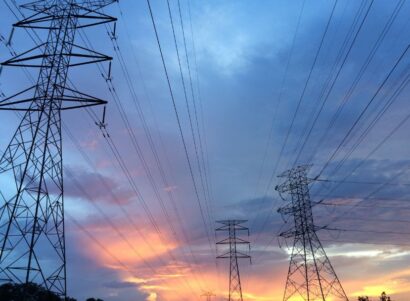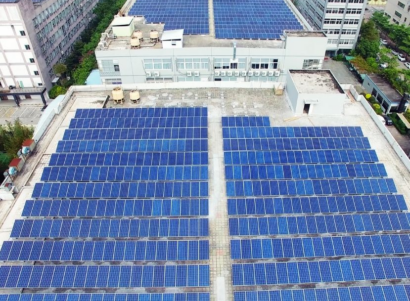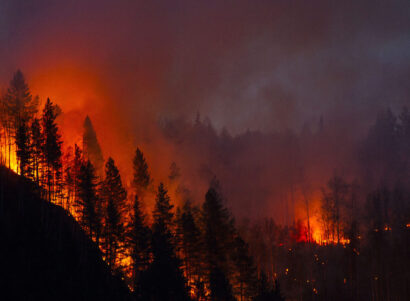Featured
Natural Gas and Indoor Air Pollution in North America
Indoor natural gas leaks are prevalent and can impact indoor air quality and climate emissions, yet low-level, persistent leaks may go undetected. A recent study from PSE Healthy Energy and Stanford University shows that benzene and other hazardous air pollutants are present in the natural gas used in homes throughout North America. Additionally, researchers found that low-level gas leaks could go undetected, even by residents with even an average sense of smell.
News Brief
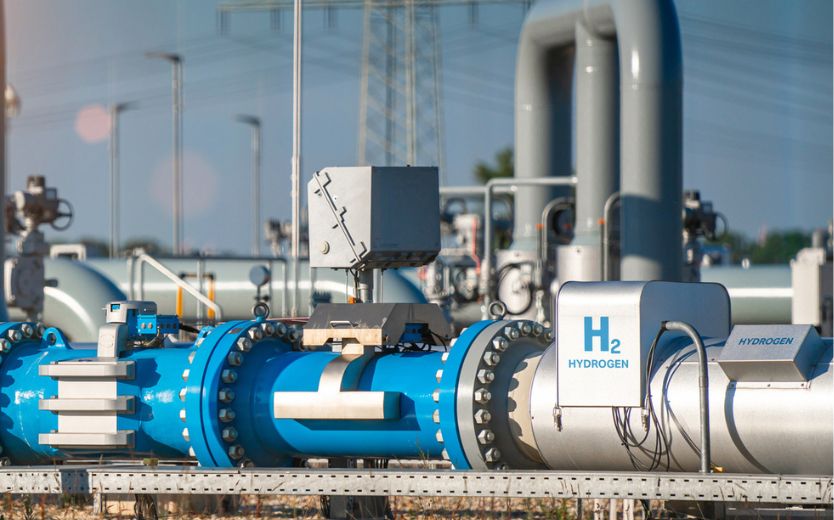
Green Hydrogen Proposals Across California
In recent years, state and local officials across California have outlined plans for green hydrogen to help achieve ambitious greenhouse gas reduction targets. The Green Hydrogen Proposals Across California report reviews existing plans for green hydrogen adoption and finds these plans frequently diverge, and include a wide range of targets for green hydrogen deployment, with different primary end-uses, timelines, and definitions of what makes hydrogen “green” or “clean.”

Nitrogen Dioxide Exposure and Impacts from Gas Stoves
Researchers from Stanford University, PSE Healthy Energy, Central California Asthma Collaborative, and Harvard University recent study published in Science Advances, is the first to quantify the asthma burden caused by stove emissions of nitrogen dioxide (NO2) in the home. By modeling nationwide exposures based on sampling more than 100 homes, they estimate the annual societal cost of (NO2) exposure from gas and propane stoves is $1 billion.
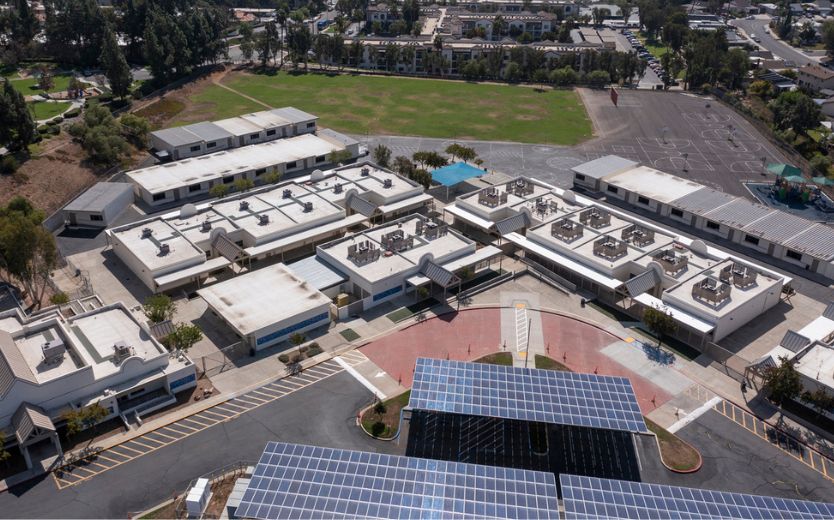
Modeling Optimal Resilience Hub Design Across California
Interest in resilience hubs has grown in communities across the United States as the risk of natural disasters increases due to climate change. Built in trusted community spaces, these hubs can provide resilience-building services on an ongoing basis. In a peer-reviewed study published in Society for Risk Analysis, researchers at PSE Healthy Energy analyzed opportunities for solar+storage resilience hubs throughout California to provide a source of clean and reliable energy that reduces harmful emissions and supports climate resilience.

Assessing U.S. Transportation Sector Climate Policies
As the transportation sector continues to decarbonize through electrification, there is growing interest in quantifying potential tradeoffs in air pollution and health impacts due to potential excess emissions from the power sector. A new study from Senior Scientist Dr. Christos Efstathiou investigates air pollution and health impacts of policy-driven changes in the transportation sector and the associated power generation demand in the Northeast and Mid-Atlantic United States. This study also examines how U.S. policies shape the power sector and the emissions, air quality, and public health benefits of electrifying transportation.
Conference and Webinar Highlights
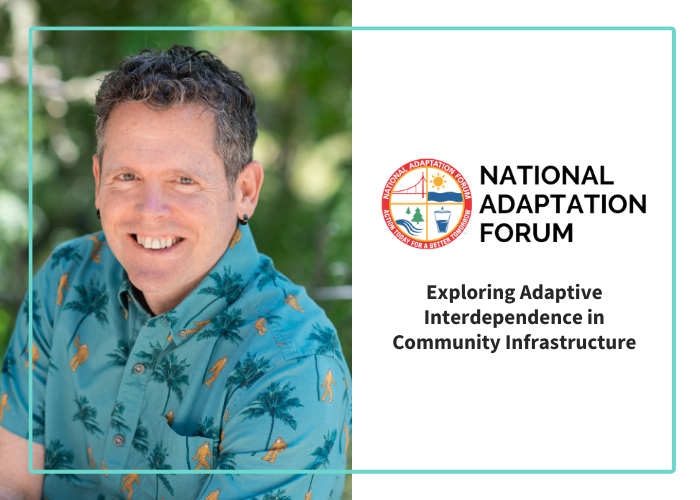
National Adaption Forum
All communities rely on complex systems of infrastructure that support critical systems such as transportation, energy, and water supply. Yet the interdependent nature of these systems can make it hard to predict the ripple effects of changes to other systems and community health. Dr. Patrick Murphy senior scientist attended the 2024 National Adaptation Forum to discuss and present research on developing outage cost estimates that measure equity-based impacts.
Careers at PSE Healthy Energy
In the Media
PSE Healthy Energy is hiring for a Director of Finance! Join our team of public health professionals, scientists, and engineers working to bring science to energy policy!
- The Untapped Potential of Rooftop Solar on Nonresidential Buildings – KQED
- You May Not Be Able to Smell Your Gas Stove Leaking, New Data Shows – CNET
- The health impact of living near a fossil gas leak – BBC
- HECO’s Public Safety Power Shutoff program begins, leaving residents to question preparation – Hawaiʻi Public Radio
- New report outlines possibilities of permanent California solar + storage “resilience hubs” – Solar Power World
Explore more comprehensive media coverage of PSE efforts and insights, aimed at bridging the gap between science and energy policy to see how we’re driving change in the energy landscape.







